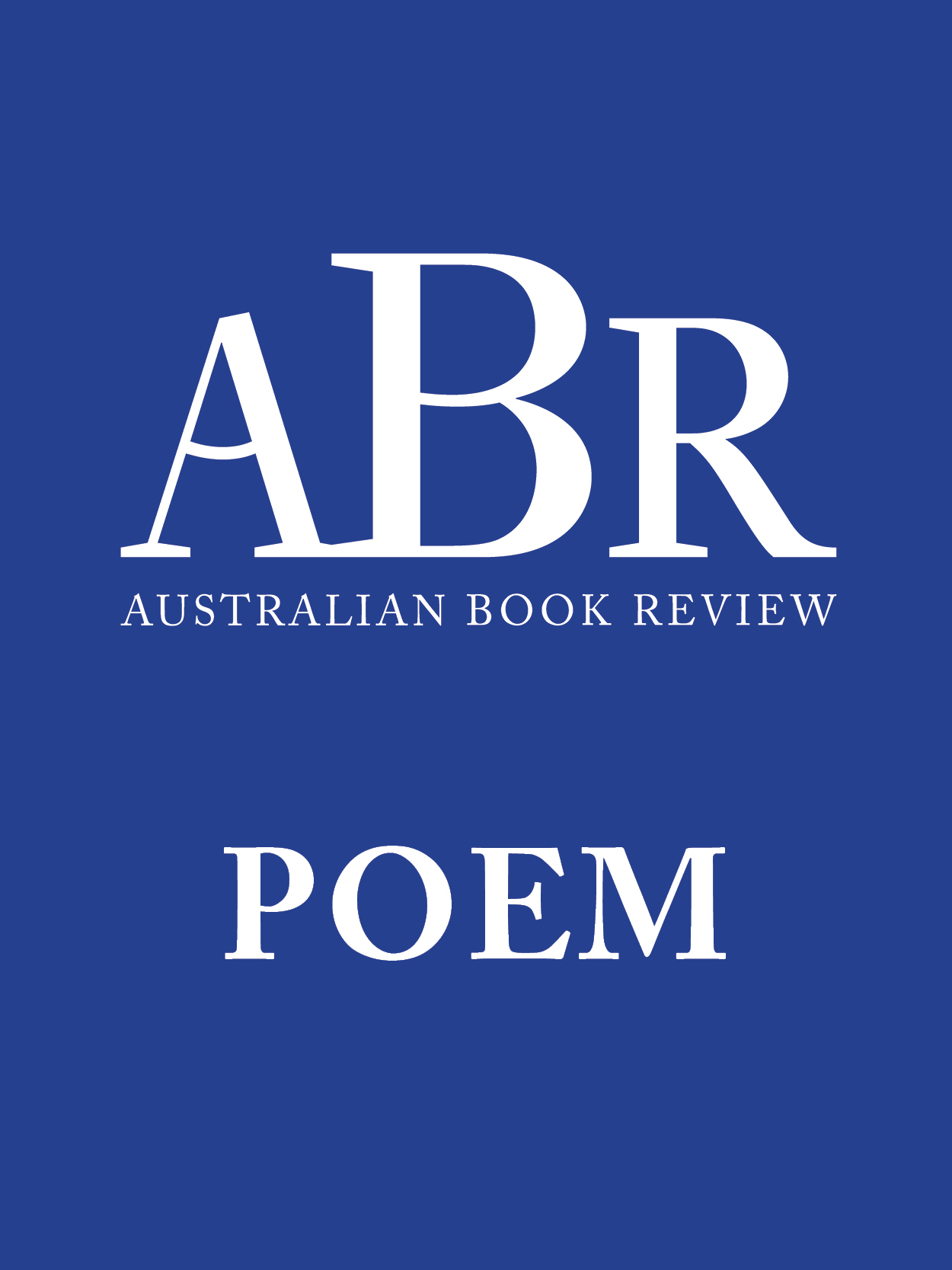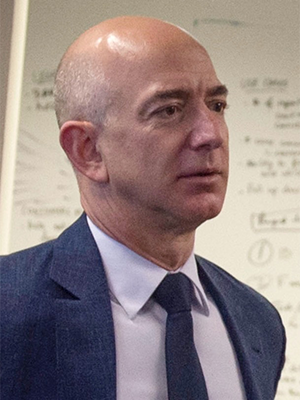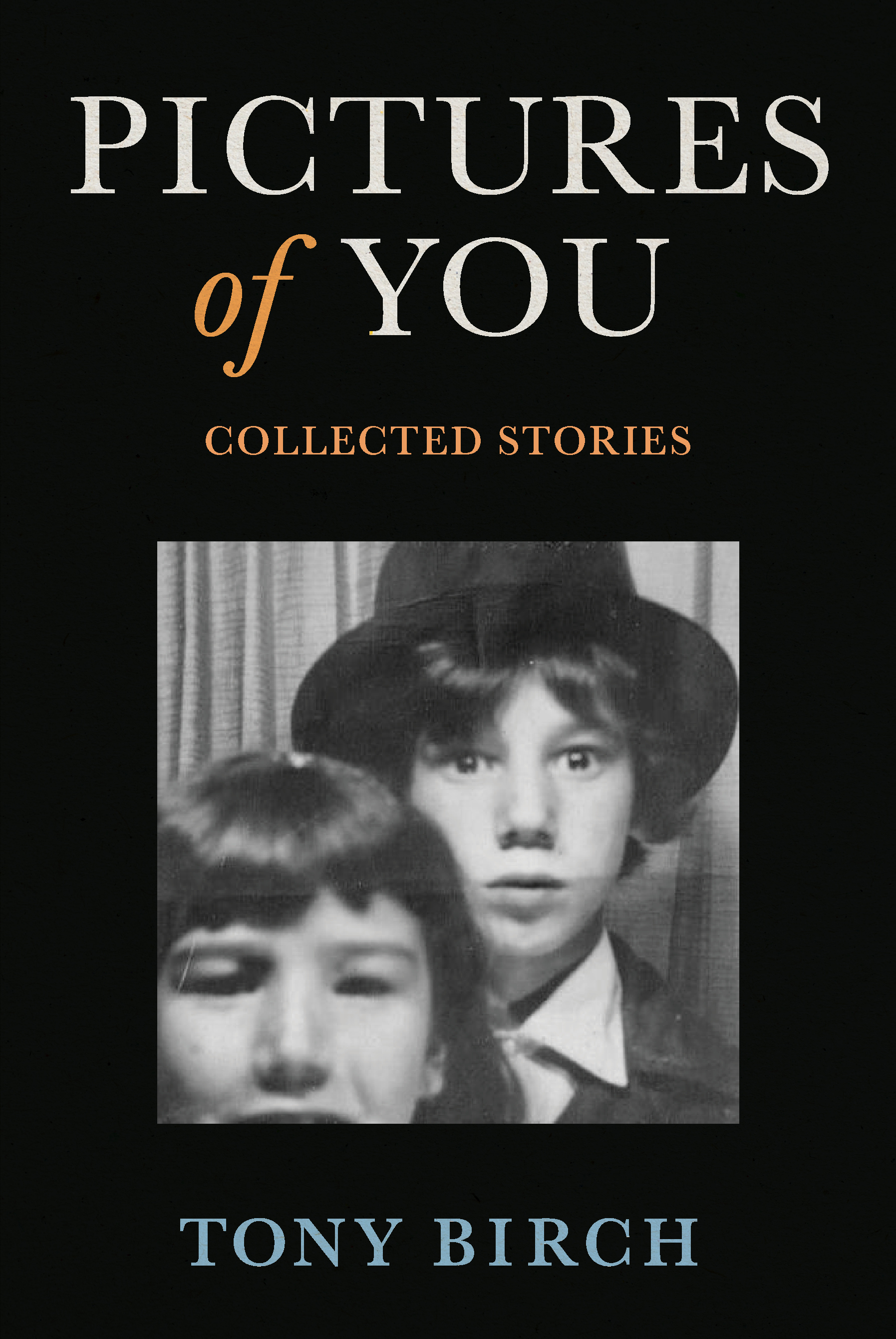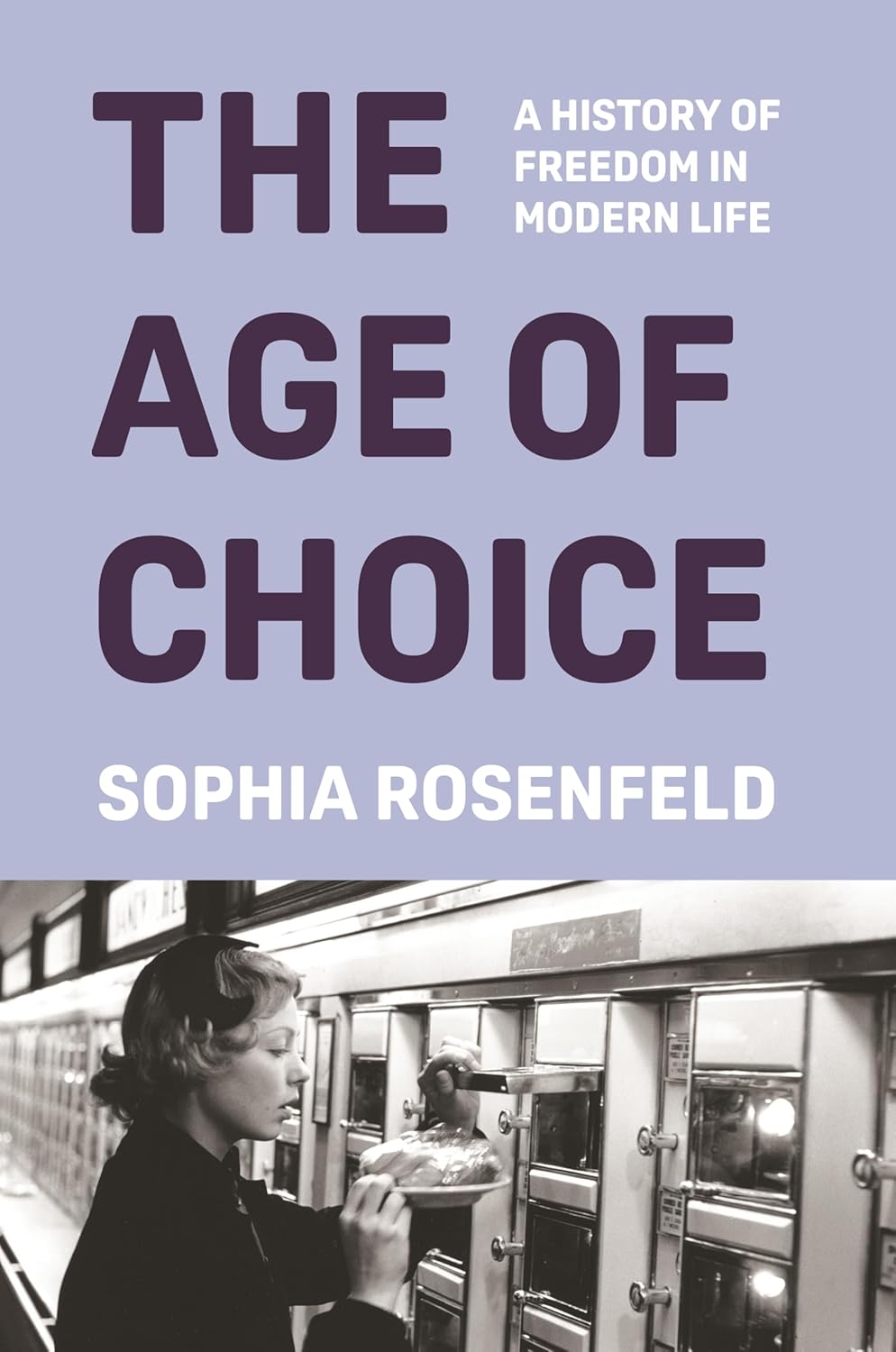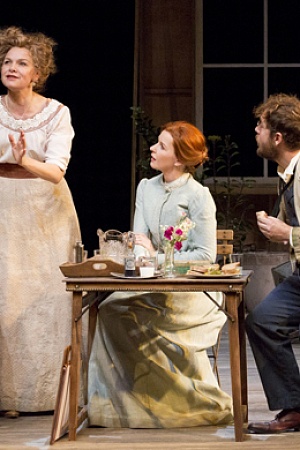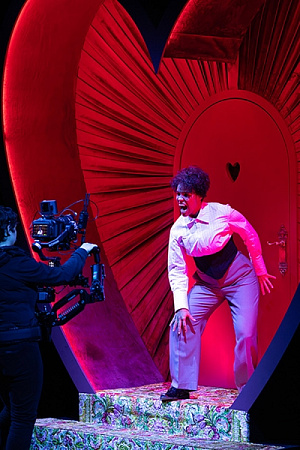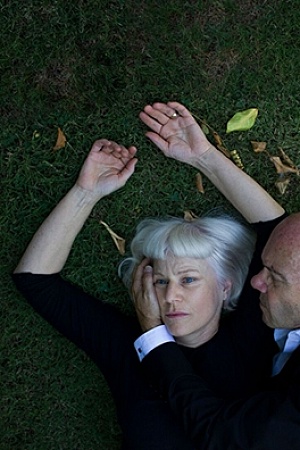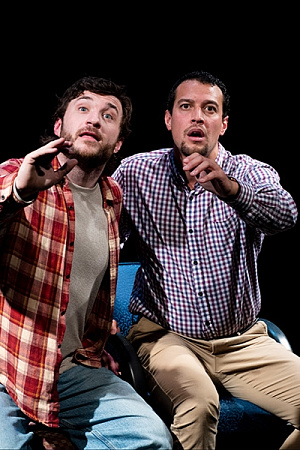Grief Is the Thing with Feathers
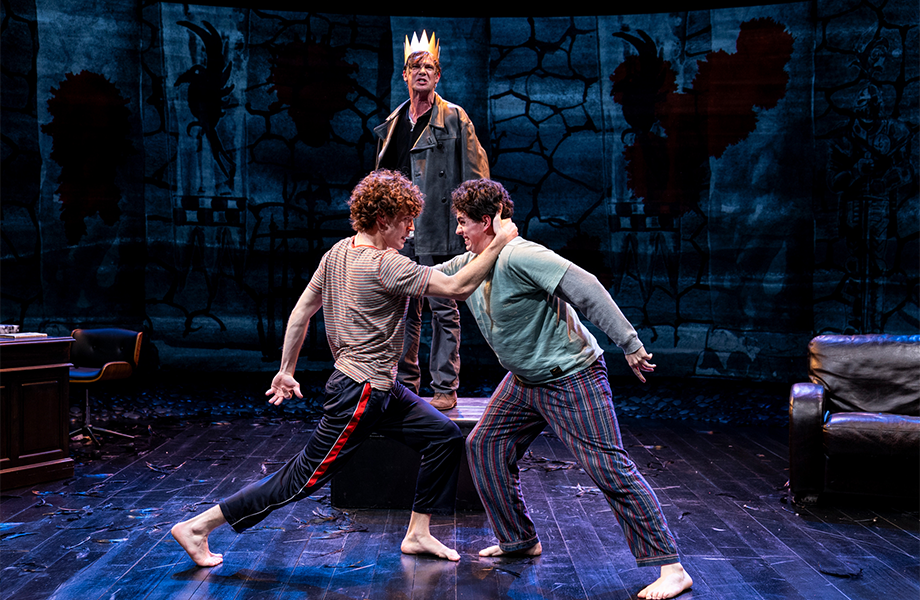
In the December 2024 issue of ABR, I reported that my cultural highlight for that year had been a screening of Pier Paolo Pasolini’s 1966 film, The Hawks and the Sparrows. Much of that film was narrated by a Marxist crow who explains ‘I come from far away, my country is called ideology, I live in the capital, the city of the future, on Karl Marx Street.’ Pasolini’s crow is weird, mordant, and scary. It will either eat you or school you in dialectic. The poet Ted Hughes also spent some of his 1960s thinking with corvids, publishing his poetry collection Crow in 1970. One of his poems has the crow realising that ‘God spoke Crow’, that the bird is the word, so to speak. These examples testify to the murky potency of the crow as an idea, as an animal that conveys sacrality, predation, and power. Grief Is the Thing with Feathers presents a different crow altogether, albeit one which acknowledges a debt to Hughes.
The crow at the heart of this play, an adaptation of the 2015 book by Max Porter of the same name, is louche, messy, and rambunctious. Toby Schmitz inhabits the crow with snarling physicality, a tad Lord Byron with Jagger-esque, cockney swagger thrown in. In spite of the snake hips and leather jacket, this crow’s function is therapeutic. Crow has arrived at the flat of Dad (also played by Schmitz) and his two young sons (Philip Lynch and Fraser Morrison). Dad’s wife, the boys’ mother, has recently died. Dad is writing a book on Ted Hughes, and on his desk sits a tchotchke of a black crow that had been given to him by his late wife. Crow enters this house of mourning and proceeds to midwife the family’s grief, via provocation and play. His feathers are light, his language is belligerent, and he forces propulsion into the temporal suspension imposed by loss. Crow does not heal or provide closure because that would be impossible, but he moves things along.
The play has been co-adapted by its director Simon Phillips, its lighting designer Nick Schlieper, and Schmitz. The script retains the poetic intensity of Porter’s book and its toggle between domestic and gothic elements. So too does the set design and lighting, deploying animated illustrations that resemble pictures from children’s books – scary, but not too scary. Freya Schack-Arnott plays her own compositions on the cello, music being used effectively to help the audience move between Dad and Crow.
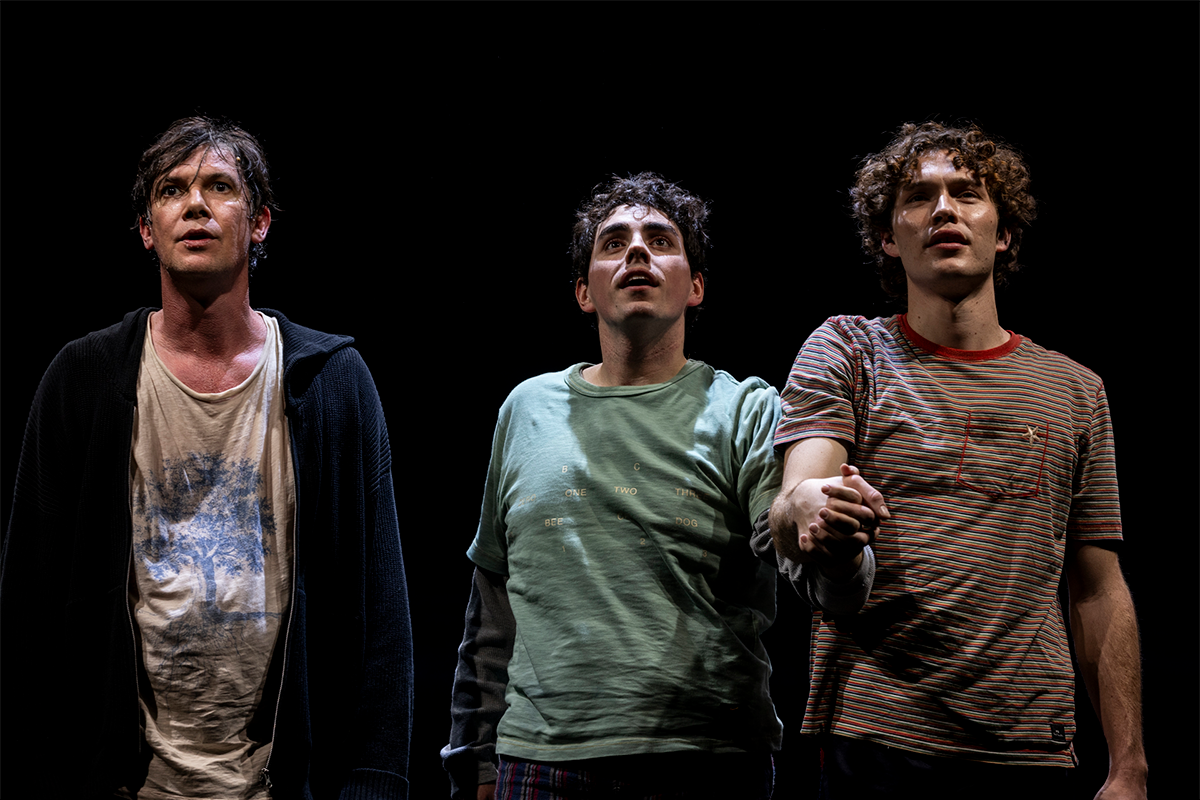 Toby Schmitz as Dad, Philip Lynch and Fraser Morrison as Boys (photograph by Brett Boardman)
Toby Schmitz as Dad, Philip Lynch and Fraser Morrison as Boys (photograph by Brett Boardman)
The actors bring a full-bodied physicality to their roles. Schmitz is remarkable in his capacity to shapeshift between his characters. Lynch and Morrison transform their adult-sized bodies into flexible slouchy postures of children. Voices are also key to these characters. Schmitz offers a diffident BBC-sounding Dad and a loutish East London Crow. The boys speak in a high register which risks parody but results in plangency. The overall effect of text, lighting, set, music, and performance is of a gently comedic elegy. Crow carries no threat except that of moving his human analysands into a slightly better place.
This is a kind production and will no doubt be a great success for Belvoir Street Theatre. Thinking, however, of Pasolini’s doctrinaire bird, and Hughes’s wildly incarnational one, I am a bit disappointed by the play’s thoroughly affable crow. The point, I suppose, is that the crow is of ultimately a creature of Dad’s psyche. Dad, as the play has it, is a middle-aged everyman with a slightly better-than-average education and a knowledge-industry job. He wears the black glasses that every forty-ish man who once admired Jarvis Cocker tends to wear.
Crow does transgress the boundaries of Dad’s mind briefly, when Dad/Crow momentarily engages the children in riotous and physical play. The audience is not sure whether the kids can feel Crow’s primal presence directly, or whether Dad has been inflected with a kind of ‘crow-ness’ to connect the boys. Either way, the play makes clear that Crow’s primary work is to shake up Dad’s emotional immobility and engender healing.
So, Dad gets the crow he deserves; that of a renegade but good-hearted mental health professional. Crow delights in making a mess, but his chaos is ultimately curative. As an audience member, I wondered if the avian conceit could have taken us deeper into grief’s predations. This crow conveys mourning’s strange kinesis; how grief swoops in, then disappears, and then flies back in through a window when we least expect it. But it also appears to shield us from grief’s true menace. It is a crow that does not ravage.
Grief Is the Thing with Feathers continues at the Belvoir Street Theatre until 24 August 2025. Production attended: July 30.

